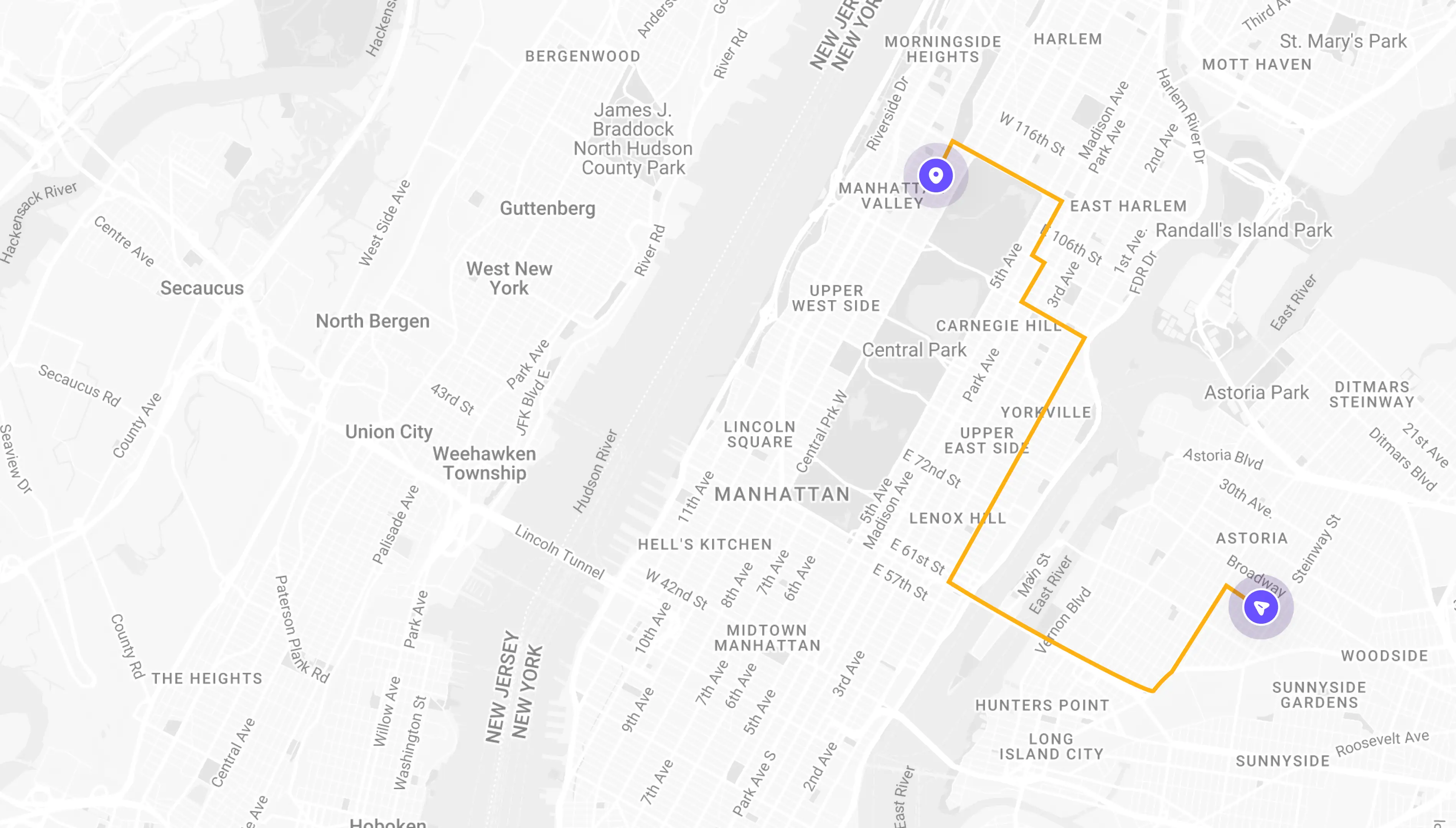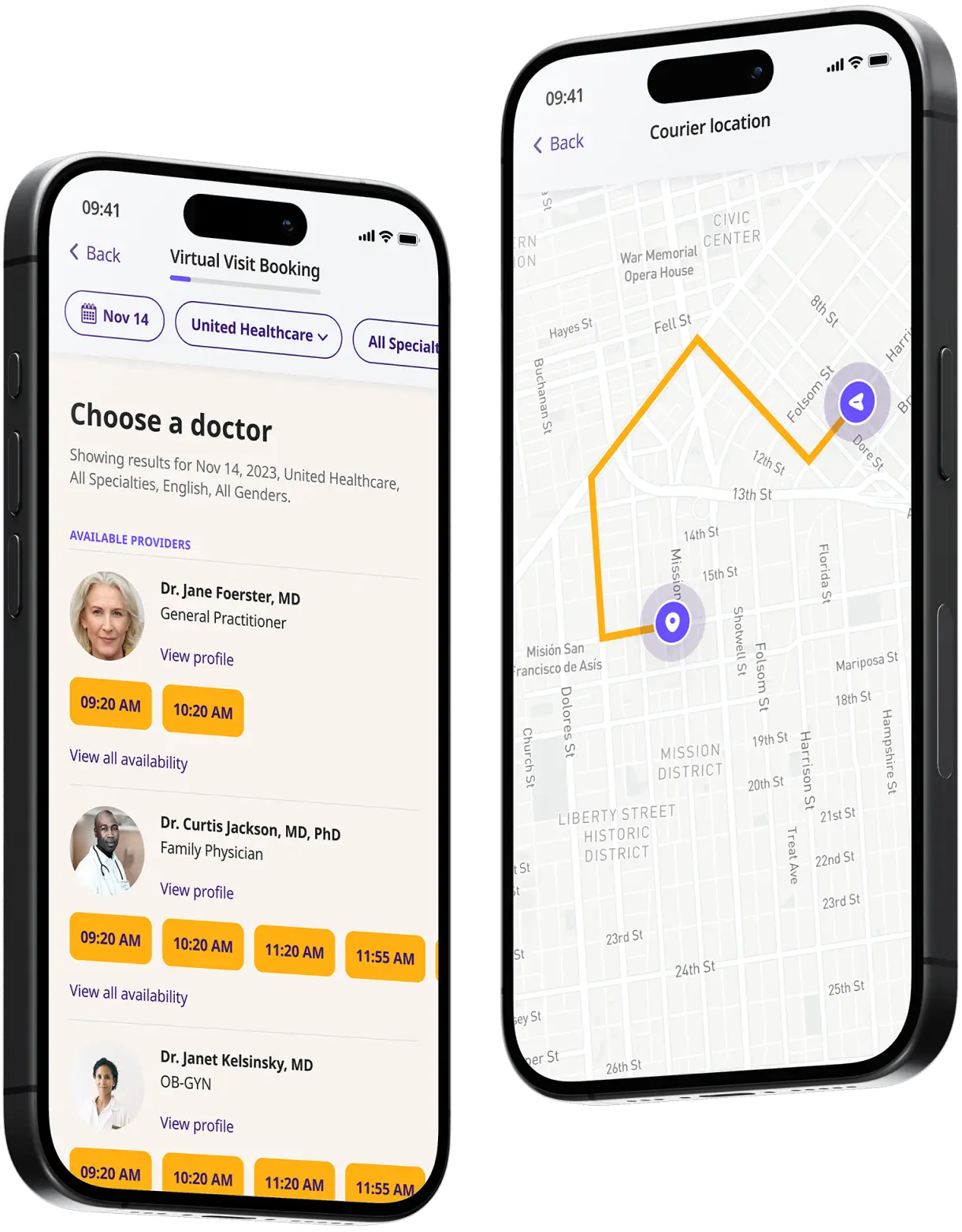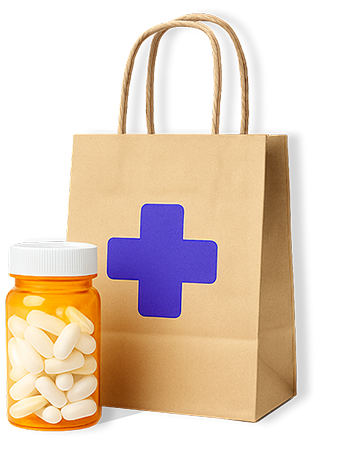Get an Insulin Prescription Online
Get a new prescription for insulin online or refill your current medication.

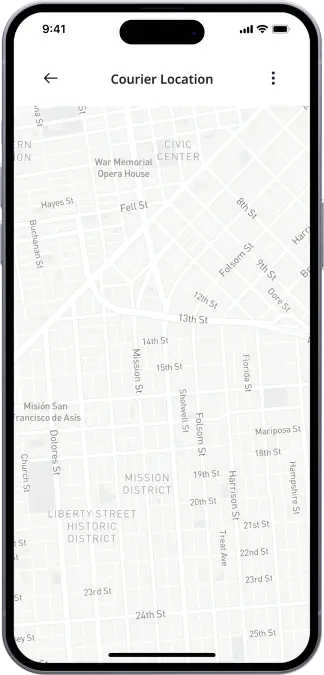
Available in 50 states. Insurance accepted.
Fast
virtual visits
24/7 care
assistants
Prescriptions
as needed

24/7 Personal Care
Consult with a physician in 15 minutes, refill an Rx or chat with our care assistants.

Affordable & Convenient
See your cost upfront and get treatment for hundreds of different conditions.

Insurance Accepted
We accept most major insurance plans, making healthcare easy and affordable.
See If Delivery Is Available Near You
Delivery Not Available
Enter your ZIP code to check if prescription delivery is available in your area and how soon your meds could arrive.
How to get started
Choose your doctor, start a virtual visit, and have your prescriptions sent to your preferred pharmacy for pickup — all in just a few easy steps.
Choose a doctor
Choose a physician by availability, specialty, ratings, and more.
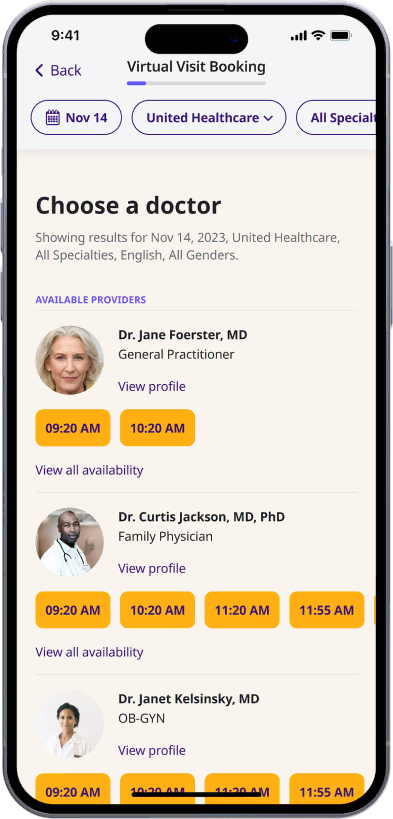
Start your video visit
Connect with a doctor in minutes on a secure video call.
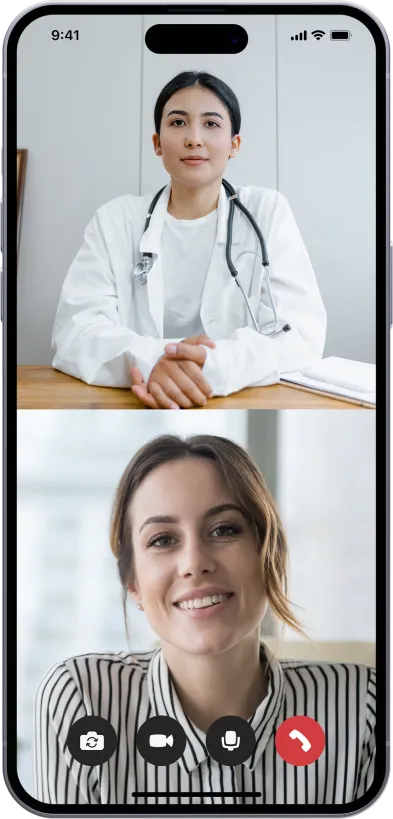
Get your prescription
Pick up your meds or have them delivered in as little as an hour.

Available in 50 states. Insurance accepted.
One-Time
Physician Visit
One-time visit with a physician for diagnosis, treatment, Rx, labs, referrals, and doctor’s notes.
Accepted Insurances
See why people turn to DrHouse...
As seen in

Insulin
Insulin is a hormone that we produce naturally in our bodies that allows cells in the body to uptake sugar (glucose) and convert it into a method that our bodies can use for energy. Insulin is made in our pancreas, a gland behind the stomach, and is processed by our body breaking down a meal or a snack in our digestive tract and turning the carbohydrates into glucose, which is absorbed by the bloodstream through the small intestine lining.
Once the glucose is in your bloodstream, the insulin will signal the cells throughout the body to absorb the sugar, which turns it into energy. People who have diabetes have little to no natural insulin release and synthetic insulin is used to replace the missing insulin in people with type 1 diabetes or pregnant women with gestational diabetes.
What is Insulin Prescribed For?
Insulin is predominantly prescribed for women with gestational diabetes or those with type 1 diabetes. People with type 1 diabetes make little to no insulin through the pancreas, which requires insulin to be injected to control the blood glucose level.
There are different insulins, including synthetic human insulin, insulin analogs, and biosimilars. Insulin analogs are considered better than human insulin at mimicking the body’s natural release, and biosimilars are used in the place of brand-name insulins.
How Does Insulin Work?
Insulin works in the same way as natural insulin made by the pancreas. After you eat, your body will break down carbohydrates into glucose, which enters your bloodstream and causes your blood sugar level to rise.
When you take insulin in a synthetic form, it will move the glucose out of the bloodstream and into the cells, which will use it for energy or store any leftover sugar in the form of fat, sugar in the muscles (also known as glycogen), or within your liver. When the sugar moves into the cells, the blood glucose levels stabilize.
How to use Insulin?
Depending on the insulin you are prescribed, you may take insulin through a number of different methods. There are three different types of insulin:
Bolus insulin is a short or rapid-acting type, taken before or at meal times to control blood sugar levels.
Basal or background insulin is an intermediate to long-acting insulin to keep blood sugar levels steady in between meals or overnight.
Basal bolus insulin is rapid acting that is taken at mealtimes in conjunction with long-acting insulin that should be taken once or twice per day.
The methods of taking insulin include the following:
- Syringe or pen. An insulin syringe or pen is used to inject insulin under the skin, which is fast acting. Some pens have cartridges inserted into the pen and others are pre-filled and discarded after using insulin.
- Insulin pump. An insulin pump is about the size of a small phone, which gives you rapid-acting insulin and delivers the insulin through a thin plastic tube placed into the fatty layer underneath your skin, either on the back of the upper arm or in the stomach area.
- Insulin inhaler. This is insulin that is used with an oral inhaler to deliver ultra rapid-acting insulin before meals and is used with an injectable long-lasting insulin.
What Are The Side Effects of Insulin?
Human insulin can cause a number of mild or serious side effects. One of the most common side effects is hypoglycemia, also known as low blood sugar. Hypoglycemia can bring about some of the following symptoms:
- Trembling
- Sweating
- Headaches
- Confusion
- Anxiety
- Fast heartbeat
- Rapid breathing
- Fainting
Hypoglycemia is more common, the insulin requirements for the individual will vary depending on the food you eat, the lifestyle you lead, and how well you are feeling in yourself.
Additionally, hyperglycemia (high blood sugar levels) can occasionally occur from too low a dose of insulin. In addition, to the above side effects, some common ones include the following:
- Weight gain.
- Disturbances in electrolytes, including low magnesium and potassium levels.
- Irritation around the injection sites, such as redness, itching, lumps, and swelling.
- Blurred vision (although this is a temporary side effect).
Frequently Asked Questions About Insulin
What to Avoid While Using Insulin?
There are a number of interactions that can hinder the efficacy of insulin. There are 31 known drug interactions, including Acarbose, Bezafibrate, and Gliclazide, which can increase the risk of hypoglycemia. It’s also important to avoid foods that are considered high in sugar, such as fruit juice, dried fruit, packaged snacks, and refined carbs like pasta and white bread.
Can You Get Insulin Over the Counter?
No, insulin is a prescription medication and cannot be obtained over the counter without a doctor’s authorization.
For more detailed information about insulin, you can refer to the following sources:
Related services
Explore more of our services tailored to your needs and discover additional ways we can support your healthcare needs.
Frequently asked questions

